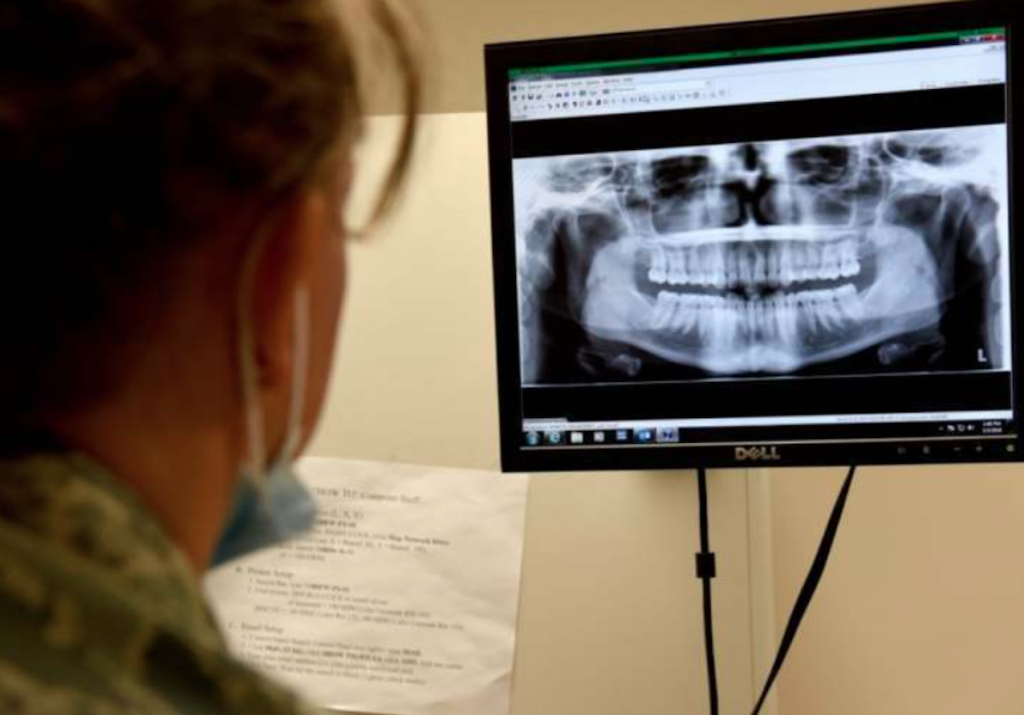Very few health insurance policies include dental procedures as part of their plan. Even when a health insurance plan does offer some dental coverage, it’s usually not as expanded as a dedicated dental insurance plan. For that reason, most federal employees opt to get their supplemental dental coverage by enrolling in FEDVIP, or The Federal Employees Dental and Vision Insurance Program.
FEDVIP offers comprehensive dental and vision coverage and is overseen by the Office of Personnel Management (OPM), the human resources agency that manages healthcare programs for the United States Federal Government and its civilian employees.
All About FEDVIP’s Dental Plan
As a current or former federal employee or FEHB annuitant, you have several plans you can choose from under FEDVIP’s program. The plans cover employees, eligible dependents, and federal retirees.
By far, one of the best things about these dental plans is that there’s no waiting period for your coverage to begin. However, orthodontic treatments sometimes have a wait time before coverage begins.
At a minimum, the dental plans usually cover routine exams and cleanings at 100%. If you get a cavity, you’ll feel better in knowing that FEDVIP’s dental plans cover fillings. And, if you need more advanced treatment, such as a crown or root canal, you’re covered. Other services like x-rays are also covered as well as dentures in many cases.
Coverage Options
There are usually three options in terms of who your plan will cover. When you choose the “Self Only” option, the policy will only cover you. You can also select the “Self Plus One” option to cover an eligible family member in addition to yourself. The eligible member can be a spouse or a dependent, unmarried child under the age of 22.
In some circumstances, if you have a disabled child over 22, you can continue to cover them in your dental plan. If you want a more extensive plan to cover your entire family, you’ll want to choose the “Self and Family” option, which will cover you and your spouse, as well as your unmarried dependent children.
It’s important to point out that the rules for who qualifies as a family member meeting eligibility are different for FEHB and FEDVIP.
Enrollment
You can enroll in FEDVIP during the Open Season, which runs from mid-November to mid-December. It is easy to enroll through a federal employee dental plan provider such as Blue Cross.
You can also enroll during the first 60 days of employment or eligibility. If you have lost coverage from another dental plan or have another qualifying event, you can also enroll at that time, even if it’s outside of the open enrollment period.
How much you’ll pay for your plan depends on where you live and what plan you choose. Some states have higher premiums. For example, when comparing FEDVIP dental plans in California and Louisiana, California has higher rates than Louisiana does. A Blue Cross Blue Shield dental plan that will cover all eligible family members costs $112.54 for enrollment during 2021. The same plan with exact coverage will cost $166.34 to cover a California federal employee and all eligible family members.
To meet eligibility to enroll in FEDVIP, current federal employees must also meet the eligibility requirements for the FEHB Program. You don’t have to be enrolled in FEHB, however. On the other hand, annuitants neither have to be enrolled nor eligible for the FEHB Program to enroll in FEDVIP’s dental plan.
To learn more, contact BENEFEDS, the administrator of the federal government’s dental plans.

